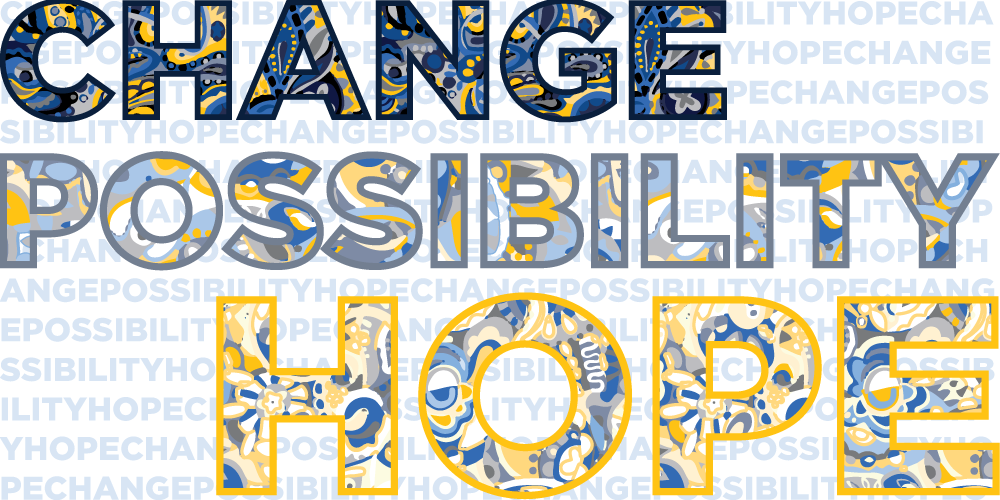Enacting the Power of Possibilities and Hope for Public Education
Change, possibility, and hope are in the air. What steps are needed to realize their potential in public education and beyond?

Although we have turned the page to January, this has not felt much like the proverbial “new” year. The year 2021 has opened with still more brazen violence, together with dramatic disregard for democratic processes. It has opened with the pandemic continuing and appalling numbers of new cases, hospitalizations, and deaths, exhaustion of our health care providers, and unacceptable risk to our front-line workers. It has opened with our schools and preschools, our teachers, struggling to provide education to our nation’s 78,000,000 children. It has opened with stunning levels of unemployment, economic hardship, businesses faltering and going under, and community life paling. It has opened with continued frightening evidence of our sinking environment. And across all of this trauma is laid bare the systemic architecture of white supremacy that structures American life and institutions. It has been hard to feel 2021 as a “happy” new year.
Yet a “new” year has been traditionally a time for renewal and resolution. It has offered the possibility of a refresh, reminding us of the power of possibility and hope. It has also been a time to take deliberate steps, moving beyond dreams to set and achieve goals. At TeachingWorks, we are looking ahead to this year with deliberateness and purpose, with both urgency and anticipation.

The children in first grade today will vote in the 2032 election, and they will be the healthcare workers, police officers, and politicians of the 2040s and 2050s. We have work to do to ensure their freedoms and their responsibilities to one another.
—
This week, we turn the page in our country’s history as we mark the inauguration of our new leaders, Joe Biden as our 46th president and Kamala Harris, the nation’s first woman, Black, South-Asian American, and HBCU-bred vice-president. Simultaneously, the COVID-19 vaccine has become accessible to those who are on the frontlines of educating our nation’s children, which has prompted governors across the country on both sides of the political aisle to race toward reopening schools. Change, possibility, and hope are in the air. What steps are needed to realize their potential?
Neither the pandemic nor white supremacy will disappear with the transition of power in our government. To build a country on the promise of liberty and justice for all, we have work to do as educators. The children in first grade today will vote in the 2032 election, and they will be the healthcare workers, police officers, and politicians of the 2040s and 2050s. We have work to do to ensure their freedoms and their responsibilities to one another.
Public education is essential to democratic government, which both depends on and makes possible respect for diversity, justice, and human dignity. Enacting the power of possibility and hope for public education at this moment requires commitment and action.
It requires acknowledging that the harm, the pain, the injustices, and the trauma are part of a system of institutions and policies — including prominently our educational system — rooted in white supremacy on which this nation is founded. It requires refusing to return to normal with its legacy of disproportionate punishment of Black, Brown, and Indigenous children, feeding our systems of mass incarceration of people of color. It requires actively resisting patterns that have produced intergenerational disparities in opportunities for learning for children of color, living in poverty, and speakers of languages other than English, which have cultured a deficit-oriented narrative of “learning loss” and of “gaps.” It requires refining our understanding of the social contexts of learning and interrogating what both the virtual and in-person worlds of schooling afford and constrain. It requires no longer relying on particular conceptions of learning and its measurement, such as “grade level,” and prioritizing the social, emotional, and intellectual aspects of children’s growth and development. And it requires resolving to invest in teachers, who are the essential workers in the fight for educational justice.
At TeachingWorks, supporting teachers and teacher educators to learn to use the power of teaching to help children flourish is our central mission. As we enter 2021, we will redouble our efforts to work in partnership with others around the country to disrupt injustice in and through practice.
